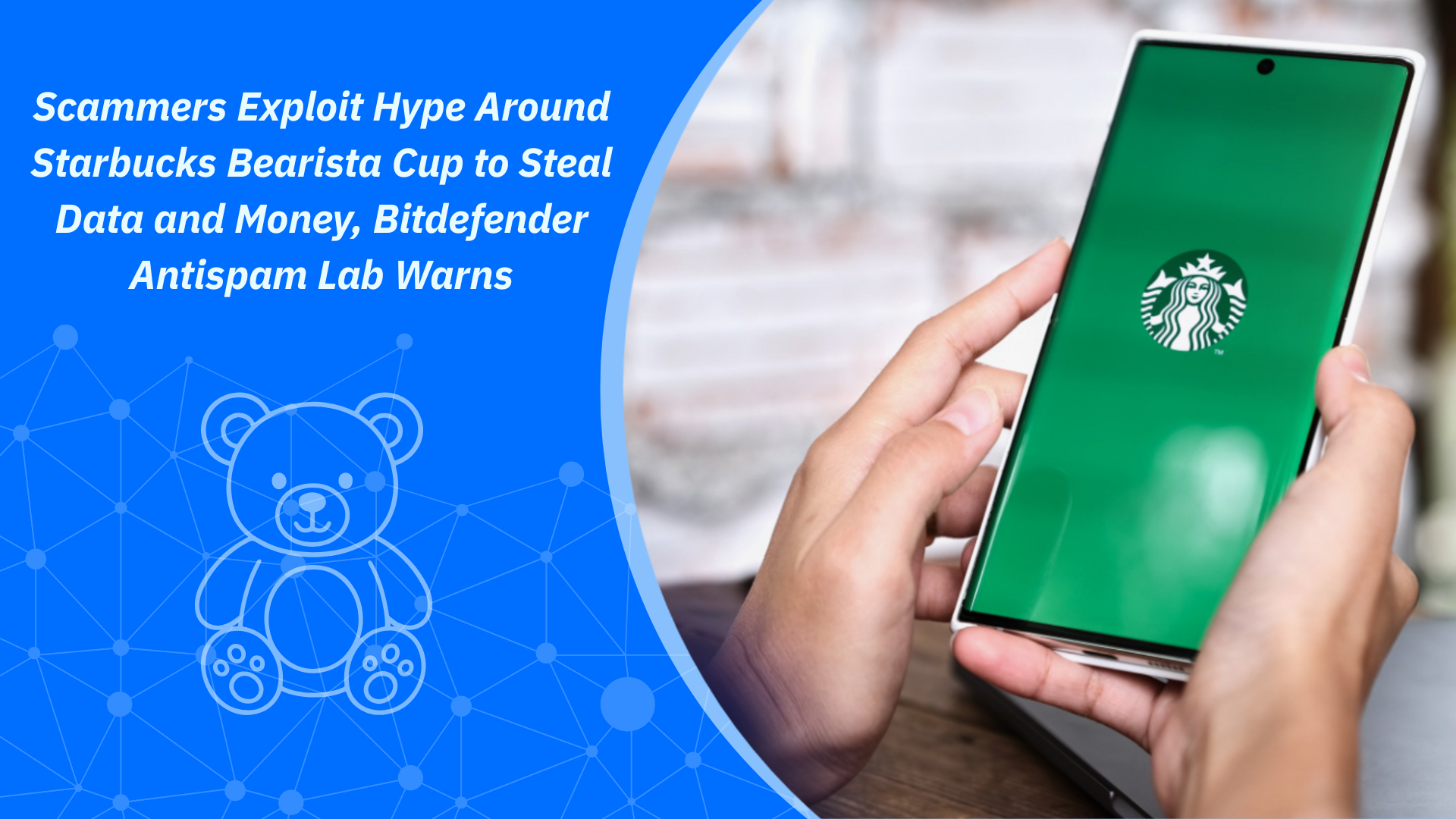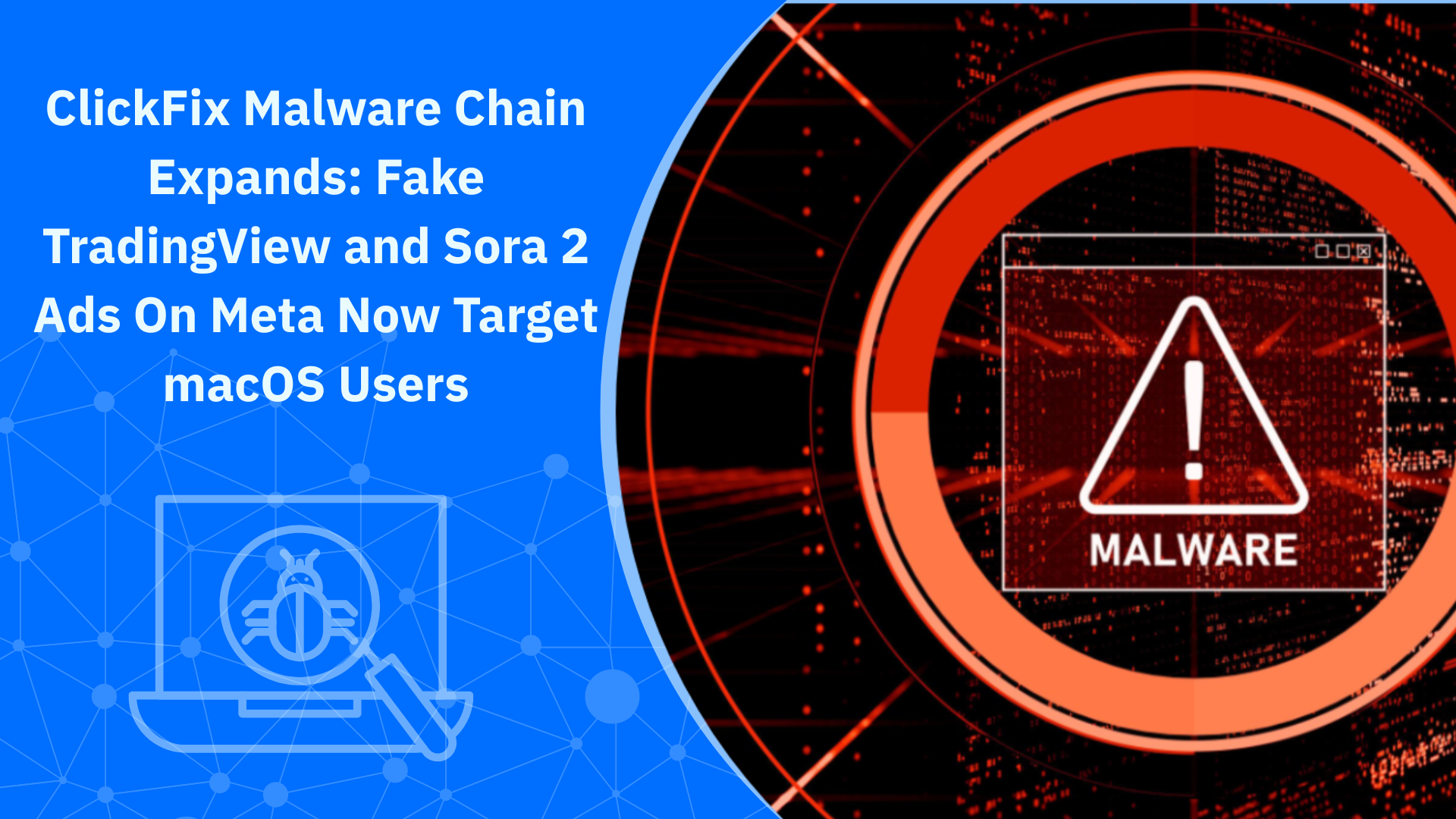Cybersecurity for Nonprofits: Why Hackers Target You and What to Do About It

Nonprofits do incredible work—from feeding families to fighting injustice. But behind all that heart and effort is something hackers are very interested in: data.
It doesn’t matter that your mission isn’t about making money. If your organization collects donations online, stores personal records, or uses digital tools to manage events and volunteers, you’re a target. And cyberattacks don’t just steal data—they can destroy donor trust, halt operations, and create legal and financial chaos.
Here’s what every nonprofit needs to know—and do—about cybersecurity.
Why Nonprofits Are on a Hacker’s Radar
You might think your nonprofit is too small—or too focused on doing good—to be of interest to hackers. But the truth is, cybercriminals don’t care about your mission. They care about data. 27% of nonprofits worldwide have already been hit by at least one cyberattack, according to the Nonprofit Tech for Good Report (2023).
Think about your daily operations. Even if your team is small and your resources are limited, chances are you:
- Accept online donations
- Store donor information like names, emails, and credit card details
- Use cloud tools to manage fundraising, grants, and events
- Have staff, volunteers, or board members using personal devices
- Share logins and work without a dedicated IT person
That’s more than enough to make you a target.
Nonprofits often handle sensitive data—everything from donation records to financial details and health-related information—while working with tight budgets and minimal tech support. Many rely on third-party services for payments, email, payroll, or CRMs, each with its own security risks.
Related: 10 Ways to Keep Donor and Client Data Safe
What Are the Risks?
Data Breaches
If your nonprofit collects personal details—like donors’ addresses, payment info, or even sensitive records about beneficiaries—you’re legally responsible for keeping that information safe.
A breach could trigger notification laws in your state, damage your reputation, and result in costly fines or lawsuits.
Account Takeovers
Hackers often target tools nonprofits use daily—donation platforms, CRMs, and social media. If they gain access, they can redirect donations to fraudulent accounts, send phishing emails from your domain, delete important donor or program data, or post harmful content under your organization’s name.
Ransomware
In a ransomware attack, hackers lock your files and demand payment to restore them. It’s not just large hospitals and corporations being hit. Nonprofits are attractive targets because they often have limited IT support and can’t afford downtime. Losing access to donor data, case files, or grant documents can halt your work and cost a fortune to recover.
Business Email Compromise (BEC)
This is one of the most dangerous and growing threats to nonprofits. In a BEC scam, hackers pose as a trusted staff member—often someone in leadership—and trick others into transferring funds to fraudulent accounts.
Scams Targeting Donors and Supporters
Hackers don’t just go after your systems—they go after your supporters. They may create fake websites that look like yours, send phishing emails that appear to come from you or run bogus fundraising campaigns on social media. These scams can damage your brand, confuse your audience, and lower future donations, even if you weren’t directly at fault.
Website Hijacking
If your website security is weak, hackers can break in and add hidden spam, malware, or even turn your site into something unrecognizable. You may not even notice right away, but Google will. This can get your site blacklisted, destroy your SEO rankings, and scare off potential donors.
Related: Responding to a Cyberattack - What to Do When You Get Hacked
Cybersecurity Basics You Shouldn’t Skip
You don’t need a big budget or an in-house tech team to take smart steps. Start with these basics:
1. Use a password manager
If you’re still sharing passwords by email or sticky notes, it’s time to stop. A password manager helps you create strong, unique passwords and share access securely with your team.
2. Turn on two-factor authentication (2FA)
Enable 2FA on every account you can—email, donation platforms, social media, and CRMs. It adds an extra layer of protection if your password is stolen.
3. Back up your data
Use cloud backups or external drives to make regular copies of your donor lists, financials, and program data. Store them somewhere safe and separate.
4. Limit shared logins
Every team member—staff, interns, volunteers—should have their own user account when possible. That way, you can see who did what and shut down access if someone leaves.
5. Train Your Team to Spot Scams
Make scam awareness part of your onboarding process for new hires and volunteers. And give your team access to tools they can use on the spot to phishing emails, fake donation requests, or sketchy links :
- Bitdefender Scamio, Bitdefender’s free scam detector, lets anyone check if a message or ad might be a scam—just copy and paste the content or upload a screenshot.
- Bitdefender Link Checker helps verify if a link is safe before clicking—ideal for emails, social posts, or suspicious messages.
6. Keep your devices and apps updated
Set automatic updates on computers, phones, and tools you use every day. Old software can have security holes that hackers exploit.
7. Secure your website
If your site runs on WordPress or similar platforms, make sure themes and plugins are updated. Use a reputable security plugin or website protection service. Never store donor credit card details directly on your site.
Your Reputation Is Everything. Protect It.
People support your nonprofit because they believe in what you do, and they trust you to keep their information safe. One phishing email that looks like it came from your organization, or one breach of donor payment details, can be enough to make someone think twice about giving again.
Protecting your digital presence isn’t just a tech issue—it’s part of protecting your mission. And when it comes to cybersecurity, relying on a single line of defense just isn’t enough anymore. Experts recommend a layered approach, so if one line of protection fails, the others can step in to stop the attack.
Bitdefender Ultimate Small Business Security is built for small teams (3 to 25 members)—including nonprofits—and it works quietly in the background to protect your devices, email accounts, passwords, and staff from scams and threats. Even if you don’t have a dedicated IT person, you can still stay safe.
Try it for free and see how it fits your organization. Your mission is important. So is keeping it secure.
tags
Author
Cristina is a freelance writer and a mother of two living in Denmark. Her 15 years experience in communication includes developing content for tv, online, mobile apps, and a chatbot.
View all postsRight now Top posts
How Kids Get Automatically Added Into WhatsApp Groups with Horrific Imagery Without Consent
November 24, 2025
Scammers Exploit Hype Around Starbucks Bearista Cup to Steal Data and Money, Bitdefender Antispam Lab Warns
November 18, 2025
Scam Alert: Fake Sephora Advent Calendar Ads and WhatsApp Messages Flood Europe in 2025
November 17, 2025
ClickFix Malware Chain Expands: Fake TradingView and Sora 2 Ads On Meta Now Target macOS Users
November 17, 2025
FOLLOW US ON SOCIAL MEDIA
You might also like
Bookmarks







